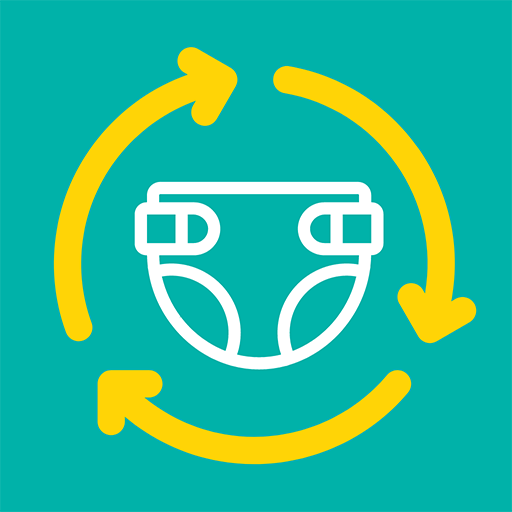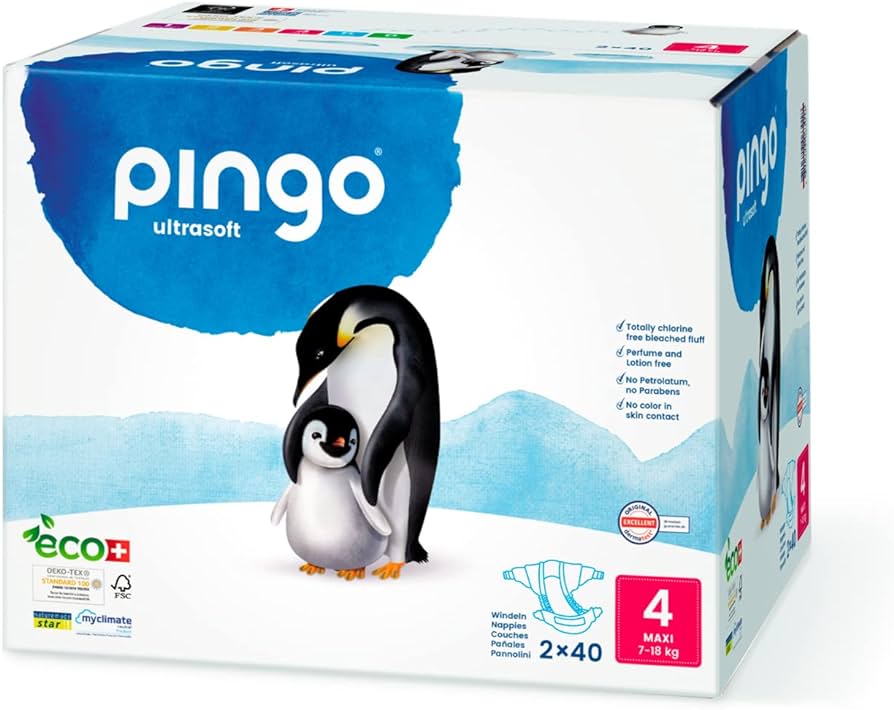But now, the company has begun a test to process diapers and incontinence briefs as a monoflow at their plant in Weurt. Frequently asked questions. Article duration. The fermented sludge is converted into biogranulate, which is used as biomass to generate energy, and which may eventually be qualified as fertiliser. What happens to the refined diaper slurry? Guaranteed market Smart collaboration within the chain: re-using plastic and fermenting slurry by existing companies. ARN is currently putting the finishing touches on the technique, in which diapers and incontinence briefs are collected and treated using high pressure steam degrees Celcius and 40 bar pressure. The plastic globules are sent to the plastic recycling circuit. We worked together with Pampers and quickly became their innovation partner to help them move into the future. This handbook shows how the risks are managed which are associated with the recycling of used diapers and incontinence materials together with WWTP sludge. Always read the instructions on the packaging, but usually disposable nappies need to go in the general household waste. For more information about the processing technique, please contact: Harrie Arends E-mail For information about pharmaceutical degradation: Willem Elsinga E-mail. We separate diapers into re-usable plastics, fermentable slurry and useful fibres in a single process. Pampers Sustainability — Love less waste Updated August 01,


Composting tests have been conducted to obtain an understanding of the ecotoxicity levels. EBI holds the patents and will market the processing method and the reactor. Using a bin with a lid or a special nappy disposal bin helps reduce smells. An additional mLCA in which we tested biobased diapers within our reactor shows that our environmental performance is even better with those components. At the moment, there is no cause for concern about the long-term technical and financial continuity of ARN B.
Love for finding new solutions to waste
In the process, the diapers are first treated with steam, and then 94 percent of the remainder is fermented or composted. Read the report. A pure pulp stream Softwoods, hardwoods, viscose, etc. More than a year we tested with a pilot installation. What does the technology entail? What is needed? This can be considered as the final step in the pharmaceutical degradation process. No new plant needed Through ties with existing market for end-products no new plant is needed, which means that the technique can be applied quickly and efficiently. This results in improved fermentation of the purification sludge and contributes to the increased electricity production that is realised through the diaper slurry treatment process. Contact with high speed rotating impellers is avoided, and the delicate cross-linker outer surface of the SAP is protected. What is the diaper composition? Cookie Consent. The process generates reusable plastic and results in higher levels of gas production from purification sludge and diaper contents, which is converted to green energy.
Pampers Recycling App — NATHALIE SOBIN
- No new plant needed Through ties with existing market for end-products no new plant is needed, which means that the technique can be applied quickly and efficiently, pampers recycling.
- Financing We expect the increased capacity will be fully operational in July
- In the past, ARN B.
Waste is one of the most visible sustainability challenges for our industry, and society — one that parents see everyday when they change a nappy. We are committed to learn how we can tackle it head on. Our nappies now use 21kg less materials compared to six years ago. That equates to fewer nappies going into the bin during the approx. Managing nappy waste goes, all the way from manufacturers to parents. Packaging waste is front of mind for many of us today. In the UK Pampers cardboard packaging is recyclable via kerb side pick up, and our plastic outer packaging is recyclable at front-of-supermarket soft plastics collectors. Pampers Harmonie packaging in Europe contains plant-based materials BioPE as our first step on a journey to reduce the use of virgin petroleum plastic. We are also integrating post-industrial recycled plastic waste in our Premium and Baby-Dry packaging across Europe. At Pampers, we are also fully committed to raising awareness about the correct disposal of our nappies and wipes. So when you throw away your wipes, help protect the planet: put them in the bin, not down the toilet! And here are some tips about how to dispose of a dirty nappy:. Roll up the used nappy with the soiled or wet side facing inwards and secure it with the attached tapes. This makes them easier to handle and put in a bin. Using a bin with a lid or a special nappy disposal bin helps reduce smells. Once the small bin is full, dispose of the nappies along with your household waste. Always read the instructions on the packaging, but usually disposable nappies need to go in the general household waste. Skip to home Skip to main content Skip to search.
Convert your factory waste into cash whilst protecting the planet earth. Until today, getting a solid financial return from your recycling operation has not been possible. Low-energy automated pulp sheet formers for accurate bed-pad mill refeed, pampers recycling. Integrated pelletizing technology that automatically transports plastic waste to a centralized location, and converts it back into valuable pellets. Diaper Recycling Technology® new air-less processing technology utilizes new vertical stacking process allowing pampers recycling to pass the materials from pampers recycling to process.



Pampers recycling. Pampers Recycling App
The composition of diapers is changing fast, for example by replacing fossil pampers recycling with products that are biobased. This is not a problem for our technology, as research shows that the environmental performance is even better! Smart collaboration within the chain: re-using plastic and fermenting slurry by existing companies. We separate diapers into re-usable plastics, pampers recycling, fermentable slurry and useful fibres in a single process. Through pampers recycling with existing market for end-products no new plant is needed, which means that the technique can be applied quickly and efficiently. Your browser does not support the audio element. Nieuwsuur over luierrecycling - Uitzending gemist, pampers recycling. Only used baby diapers. Baby diapers must be submitted in a transparent plastic bag. Only adult incontinence briefs Used briefs must be submitted in a transparent plastic bag.
Lighter nappies
Our past relationship and foundational knowledge of the brand and its ambitions are what helped us take on the challenge to bring the brand into the future. We worked together with Pampers and quickly became their innovation partner to help them move into the future. Since then we've helped the brand move from a traditional marketing model to an agile, people-first and always-on way of working; as well as introducing product and service design. Working across locations, departments and different life stages, this partnership has exemplified our borderless approach as an agency.
The parties involved expect a return on investment over the longer term.


At you a migraine today?